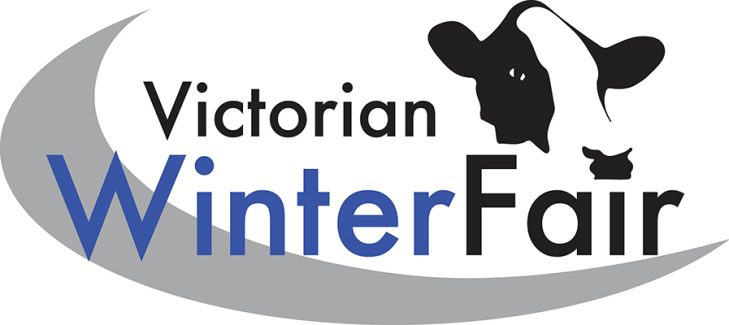Cases of Vesicular Stomatitis in Utah have thrown a curve ball to the Western National Spring Show, held next week during the 100th Anniversary of the Richmond Black & White Heritage Days in Richmond, UT. Due to the presence of the disease in Utah, Canadian animals would be required to undergo a 21-day quarantine upon their return. This has prompted Canadian exhibitors to make the decision to not cross the border.
In addition to the issues for Canadian exhibitors, there is the question of what restrictions may be placed on animals from other US States traveling to Utah as well. Potential exhibitors will need to work closely with their herd veterinarians to determine what requirements they will face when crossing state borders.
A mule at the Mount Carmel XP Horse Endurance/Trail Event in Kane County, UT was diagnosed with the disease last week, with four more horses showing symptoms and undergoing testing.
Vesicular Stomatitis is a highly contagious viral disease that primarily infects horses and cattle, but can also affect swine, several varieties of wildlife as well as humans. In cattle, Vesicular Stomatitis is nearly indistinguishable from Foot & Mouth disease. The disease is caused by the rhabdovirus, and is spread in a variety of ways, including through insect bites, direct contact with abraded skin, or via the respiratory tract.
The disease is particularly devastating to dairy cattle, and can have a severe economic impact on affected herds as it impacts production and is costly to treat. It manifests itself with blisters that affect the mouth, tongue, nose and muzzle, making eating and drinking painful for the affected animal. In addition, blisters erupt around the hooves and on the teats of dairy cows.
Currently, there is no USDA-approved vaccine, and there is no specific treatment that will cure animals infected with the virus. If Vesicular Stomatitis has been diagnosed, it is recommended that uninfected animals be isolated at a remote location of the property, and to thoroughly disinfect areas where the infected animal has been. In addition, animals should not be moved from the property for at least 21 days after the last lesion has healed.
In rare instances, people who are caring for infected animals can contract the virus. People rarely break out in blisters or lesions, but usually experience flu-like symptoms.
More information can be obtained from reports published by Utah State University Cooperative Extension & Iowa State University, as well as by APHIS.






